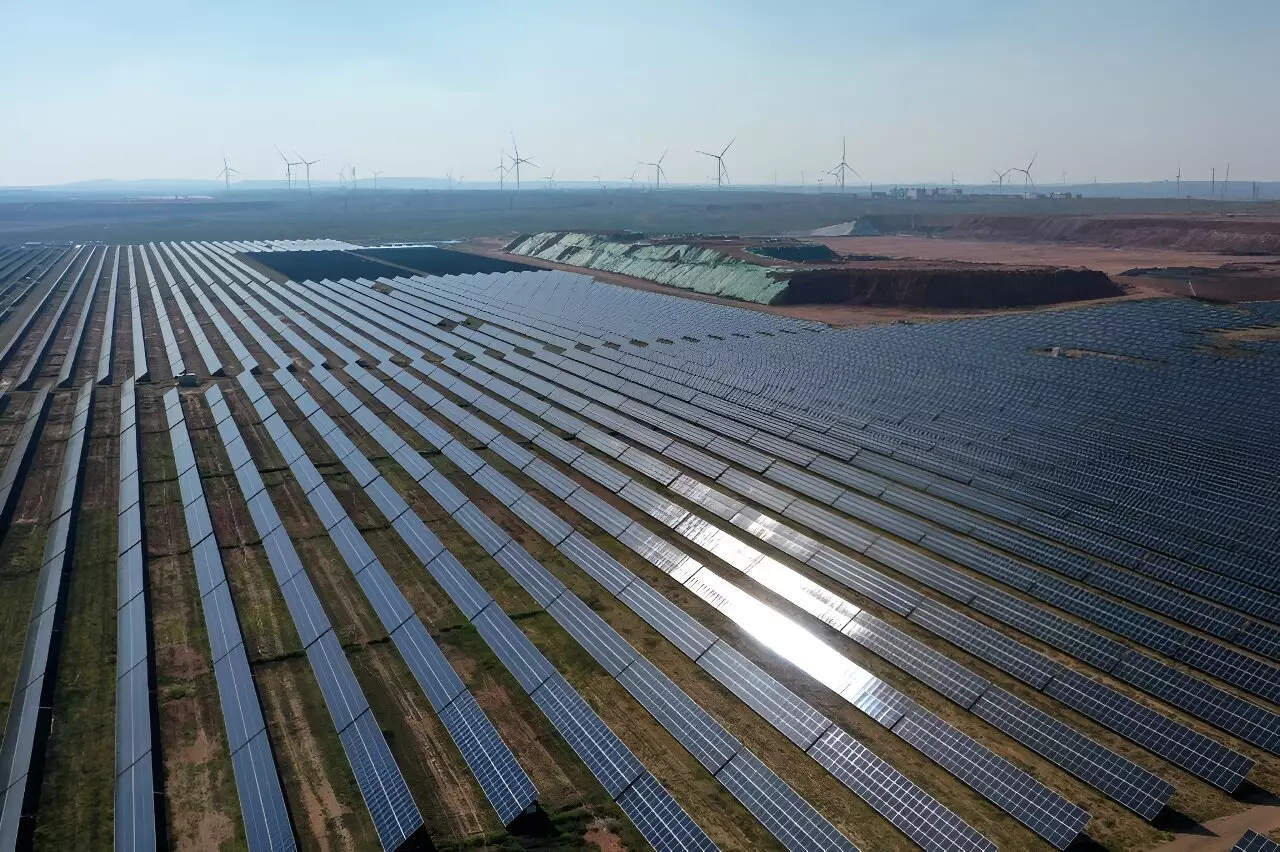China stands at a crossroads in its energy management, with a remarkable 26.4% of its total energy consumption now derived from clean sources. This stark increase from 15.5% over the last decade, as reported in a recent white paper, showcases Beijing’s commitment to pivoting its gargantuan economy toward greener alternatives. Despite being the world’s largest emitter of greenhouse gases, China’s simultaneous rise as a leader in renewable energy presents an intriguing case study in balancing economic growth with environmental responsibility.
The white paper notes that China’s wind and solar capacity has surged tenfold in the past ten years, accounting for over 40% of the global increase in renewable energy capacity since 2013. This claim reflects significant investment and technological advancements in renewable infrastructure. While widespread commendation for these achievements is warranted, a critical analysis suggests that the speed of this transformation also raises questions about sustainability and equity in development across various regions of the country.
As part of its commitment to the Paris Agreement, China aims to peak carbon emissions by 2030 and achieve net zero by 2060. While these targets sound promising and have garnered positive media attention, skepticism remains. Critics argue that the nation’s historical dependency on coal and other fossil fuels complicates a truly transformative shift in its energy paradigm. Moreover, the effectiveness of these ambitious pledges will heavily depend on the government’s ability to enact stringent policies that cap emissions and encourage broad adoption of renewable technologies.
The uneven development of renewable energy infrastructure in China has led to significant energy waste. Many regions experience an oversupply of renewable energy, particularly solar and wind, leading to instances where excess energy cannot be stored or used effectively. This inefficiency contradicts the very essence of a sustainable energy model and underscores the pressing need for improved grid management and energy storage solutions.
Moreover, despite impressive growth figures, the domestic solar industry grapples with turbulence. Financial hardships have beset several firms in this sector, prompting concerns about long-term viability. As the market evolves, questions loom regarding the fate of these companies: will they adapt and thrive or succumb to the competitive pressures of a rapidly changing industry? Strategic support and policy frameworks will be essential in enabling a resilient solar sector that can withstand the fluctuations typical of emerging industries.
In retrospect, while China’s strides in renewable energy and emissions reductions are commendable and reflect significant advancements, the complexity of sustaining such growth, coupled with the numerous challenges it faces, cannot be overlooked. To truly transition into a sustainable energy leader, the nation must not only innovate but also address the economic disparities and inefficiencies that presently hamper progress. As the world watches, China’s ongoing efforts to balance growth with environmental stewardship will undoubtedly play a crucial role in shaping global renewable energy landscapes for years to come.

